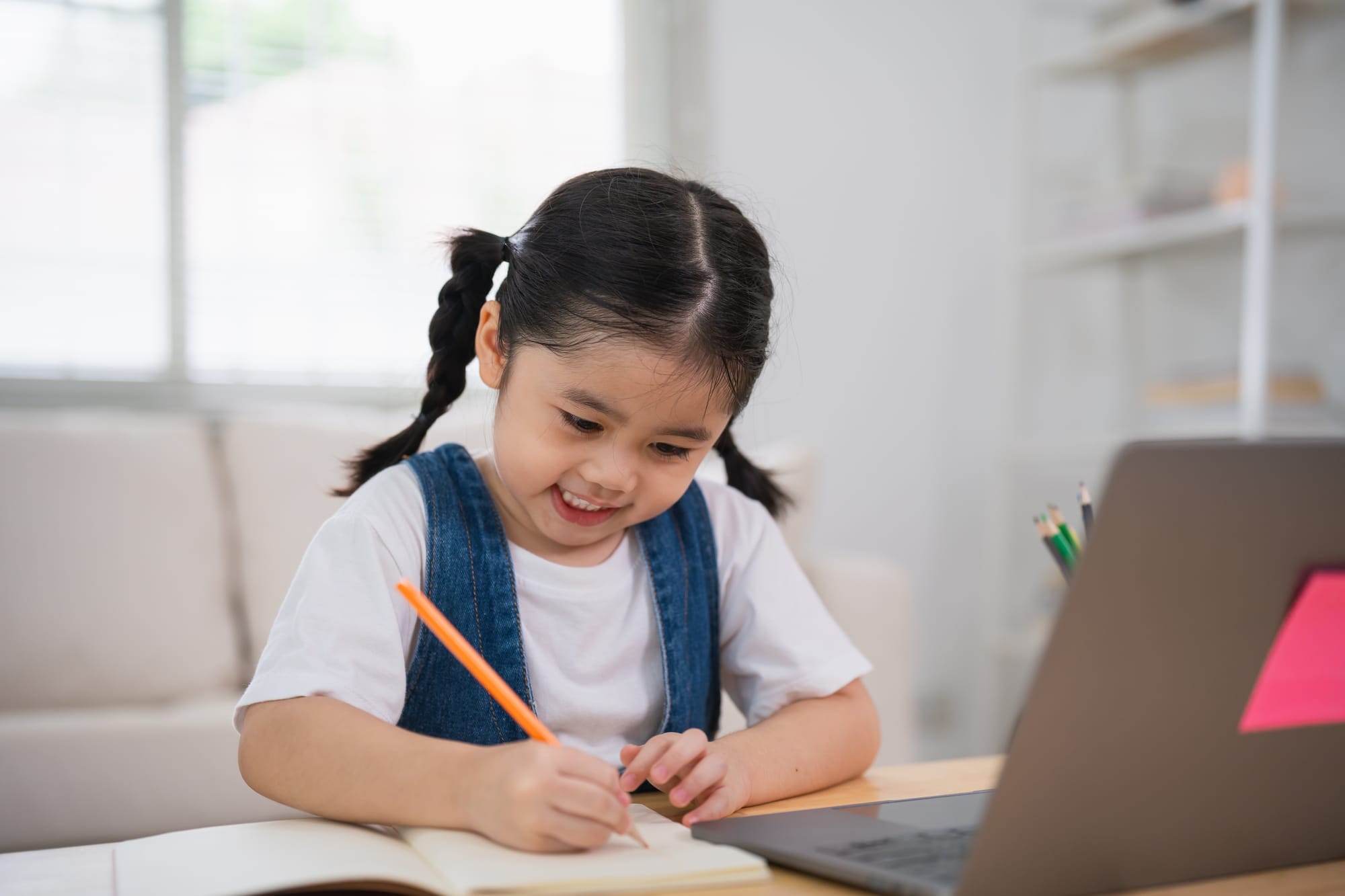Providing Students with Skills and Tools of the Future

This article explores what media literacy competencies and functional literacy skills could be introduced and implemented for each level. But it also opens the topic for comment from you, the classroom teachers. What would MLE look like in your elementary classroom and school?
Let's imagine what a strong media literacy program would look like in our Alberta elementary classrooms. Here's what I picture:
1) All students have access to their own Chromebook in the classroom. It is theirs and not shared with anyone else. Teachers, no more, "Can I use the chrome cart this afternoon? My students need it for a project." If teachers are expected to use educational platforms for learning, then all students need access to Chromebooks and internet to enable successful learning.
2) Students in Grades 1 and 2 learn Functional literacy skills* for a Chromebook, including how to log on, how to take care of the device, how to type in their password, how to play a video, how to use Google Read and Write. Young students come to school having largely used iPads at home, their parents having performed all of the above so that they can play a game. Let's teach our students some of these basic skills and responsible use of devices.
3) Students in Grades 3 and 4 review functional literacy skills, adding skills like changing a password and understanding features in the toolbar. And they learn how to properly keyboard, using all fingers. No more hunt and peck!
4) Students starting in Kindergarten can start basic lessons in differentiating fact from fiction, using images. They can identify and talk about symbols and why these are important for the message. These lessons can progress into more complex media and text as they get older and can include specific strategies for fact-checking and analysis, starting in Grades 3 and 4.
5) Students in Division II should be participating daily in lessons that teach the 5 key competencies. The foundational resources for our new curriculum are based in technology. Students must, therefore, become critical thinkers and viewers of media and proficient users of technology, starting in elementary school, not junior high.
How do you picture Media Literacy in the classroom? What would you add? What do you feel is most important?